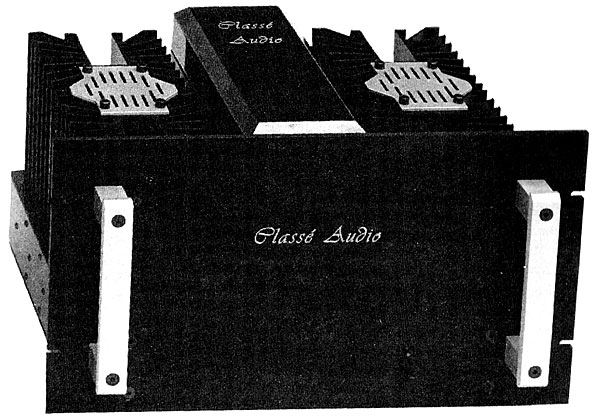| Columns Retired Columns & Blogs |
The more things change, the more they stay the same. Or however you translate that Jean-Baptiste Alphonse Karr line.
The ML-2 was a direct descendent of the JC-3 power amplifier designed by John Curl. (Lots of stories behind that, I'm sure).
And, guess what? A surprising number of current amplifiers are also direct descendents, too. Many use that circuit topology today. Certainly, there are exceptions, but they are exceptions.
Of course, lots of implementation details have changed as better parts and techniques have come along. (And gone along, too.)
The JC-3 came out 44 years ago. Makes you wonder, doesn't it?
Anyway, the price of the custom order ML-2's referenced in this article would come to around $22K in 2020 inflated dollars. This also makes you wonder, doesn't it?








































